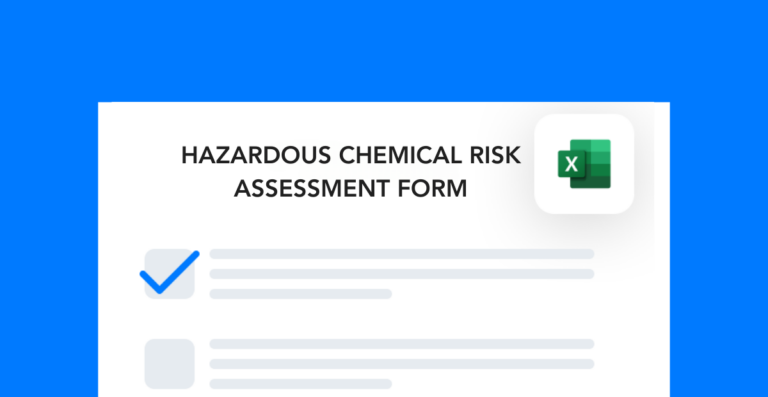Managing onsite chemical inventory is crucial for maintaining a safe and compliant work environment. Effective management ensures the proper storage, usage, tracking, and disposal of chemicals.
This, in turn, reduces risk for your employees, customers, and the environment. Below are my best practices for establishing a comprehensive chemical inventory management system.
Conduct chemical inventory assessments
Start by conducting a thorough assessment of your current chemical inventory. Identify all chemicals present in your facility, including those in storage, active use, or awaiting disposal. This assessment will help you understand the scale and nature of your inventory, enabling better management and organization.
It’s critical to maintain accurate chemical inventories so you can ensure regulatory compliance. If you don’t know what you have onsite, you might not have up to date safety data sheets (SDSs), hazard classifications, and more.
Categorize and label chemicals
Categorize chemicals based on their hazard classification, compatibility, and storage requirements. You should also implement a labeling system that clearly indicates the identity of the chemical, hazards associated with it, and any special handling instructions. Ensure that all container labels are visible, legible, and in compliance with relevant regulations (e.g., GHS labeling requirements).
Ensure that you have an updated SDS for every chemical onsite. SDSs contain vital information about hazards, safe handling procedures, emergency response measures, and disposal guidelines for each chemical. Make SDSs readily accessible in work areas where workers use or store chemicals.
Store chemicals safely
You should always store chemicals in designated areas that are suitable for their specific properties and hazards. It’s also necessary to segregate materials that are incompatible with each other.
Within your storage area, provide clear labels of what belongs where and use appropriate storage containers (chemical cabinets, shelves, or bins) to minimize the risk of spills, leaks, or contamination.
These strategies, along with proper ventilation and regular cleaning of the storage area, should ensure a safe space for workers to access the different materials they need.
Implement a tracking system
Because many chemicals are hazardous, you can’t really afford to lose track of your inventory. Keeping a detailed log of all chemicals onsite is the only way to truly understand the potential hazards your employees face.
Your chemical inventory log should include:
- Chemical purchase dates
- Daily/weekly usage of chemicals
- Quantities (open and unopened)
Regularly reconcile inventory records with physical counts to identify any discrepancies or potential issues. This tracking system will facilitate better control, reduce the risk of stockouts or excess inventory, and aid in regulatory compliance.
Track expiration dates and safely dispose of waste
Implement a system to track and monitor chemical expiration dates so you can dispose of them before they become obsolete or hazardous. Rotate stock if necessary, using a first-in, first-out (FIFO) approach to minimize the risk of using expired chemicals.
It’s critical that you establish clear procedures for the safe disposal of chemicals. These procedures should follow local, state, and federal regulations for hazardous waste disposal.
Identify authorized waste management vendors or facilities that can handle and dispose of chemicals in compliance with applicable regulations. And train employees on proper disposal procedures to prevent environmental contamination/personal safety incidents.
Audit and review your procedures
The thing about inventory is that it’s always changing. Like most areas of EHS performance, chemical inventory management depends on a diligent approach.
You must be proactive by auditing and reviewing your chemical inventory on a regular basis. If you don’t, you might go months without noticing a major hazard. And that’s just the kind of risk you’d want to avoid with any quantity of hazardous materials onsite.




